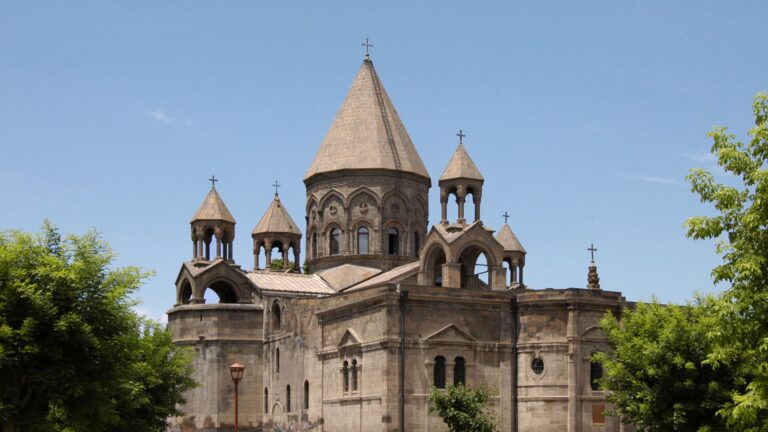Regulation on delimitation paves the way for further unilateral concessions — ARF-D
September 24 2024, 19:50

The ARF-D Supreme Body has issued a statement on the delimitation of the state border between Armenia and Azerbaijan.
“The Government of Armenia has submitted to the Constitutional Court the Regulation on the joint activities of the commissions on the delimitation of the state border between Armenia and Azerbaijan (hereinafter referred to as the Regulation) to determine the compliance of the latter with the Constitution. It should be emphasized that:
- The 1991 Alma-Ata Declaration, proclaimed as the fundamental principle of the process of delimitation of the state border, does not define the borders of the CIS countries and does not contain any references to the administrative borders of the former Soviet republics. The fact that the parties recognize mutual territorial integrity by this declaration is irrelevant, since this principle is enshrined both in the UN Charter and in the OSCE Helsinki Final Act and other fundamental international legal documents to which Armenia and Azerbaijan are parties. However, the assumption of this obligation did not in any way prevent Azerbaijan from invading the territory of the Republic of Armenia. Therefore, the mention of the Alma-Ata Declaration in no way deters Azerbaijani aggression. Moreover, the Regulation provides for the possibility of changing the fundamental principle in the future.
- There are expressions in the Regulation that contain significant risks for Armenia. In particular, segmental delimitation of the border, lack of dispute resolution procedures, etc.
- The Armenian authorities claim that the basis for the delimitation is the map of the General Staff of the USSR Armed Forces of 1976-1978, which marked the administrative borders of the USSR republics, which were ‘a legally justified interstate border existing at the time of the collapse of the Soviet Union.’ However, there is no reference to this map in the text of the Regulation.
Thus, the Supreme Body of the ARF Dashnaktsutyun of Armenia states:
- In order to delimit the interstate border between the Republic of Armenia and the Republic of Azerbaijan, the initial border, that is, the geographical border that covers the territory of the Republic of Armenia, must be clearly defined and described by the legislation of the Republic of Armenia. The change of this border as a result of delimitation is subject to approval by referendum. Otherwise, the Regulation is subject to approval by a referendum.
- The fundamental principles of delimitation should apply to each section of the border. Otherwise, Azerbaijan may impose arbitrary ‘grounds’ on each section of the border, which will serve exclusively Azerbaijani interests.
- The principle of ‘nothing is agreed until everything is agreed’ should be applied to delimitation. That is, the delimitation of the site cannot be considered final until the entire border is defined.
- To avoid the artificial delay of the delimitation process and the use of disagreements over delimitation as the cause of war, it is necessary to clearly indicate how border disputes that arose during the delimitation process will be resolved.
- The Regulation ignores the best international experience, which does not meet the interests of Azerbaijan, and ignores the legal framework that ensures the territorial interests of the Republic of Armenia. The Regulation paves the way for further unilateral concessions.
In this regard, the Supreme Body of the ARF Dashnaktsutyun considers the existence of such a document unconstitutional, and, therefore, it is not subject to adoption by the National Assembly,” the statement says.








